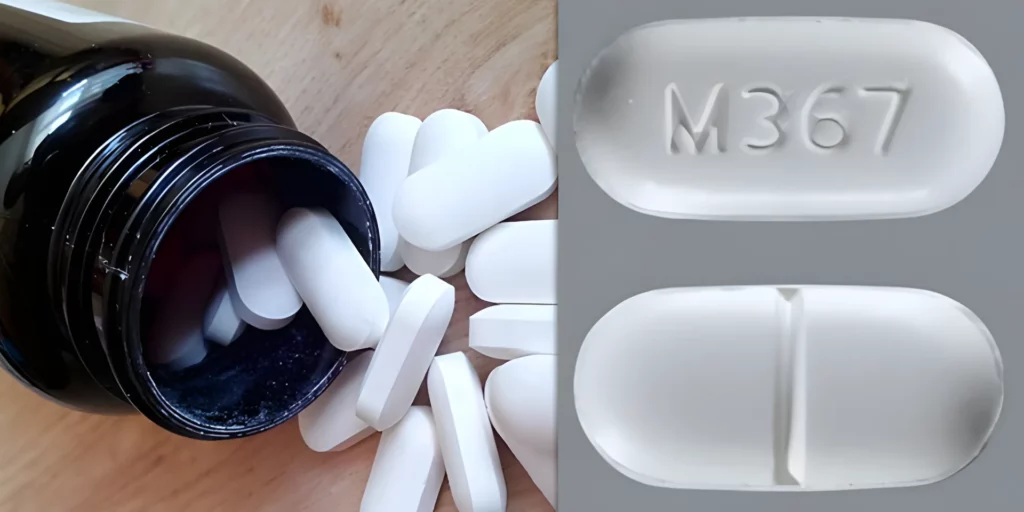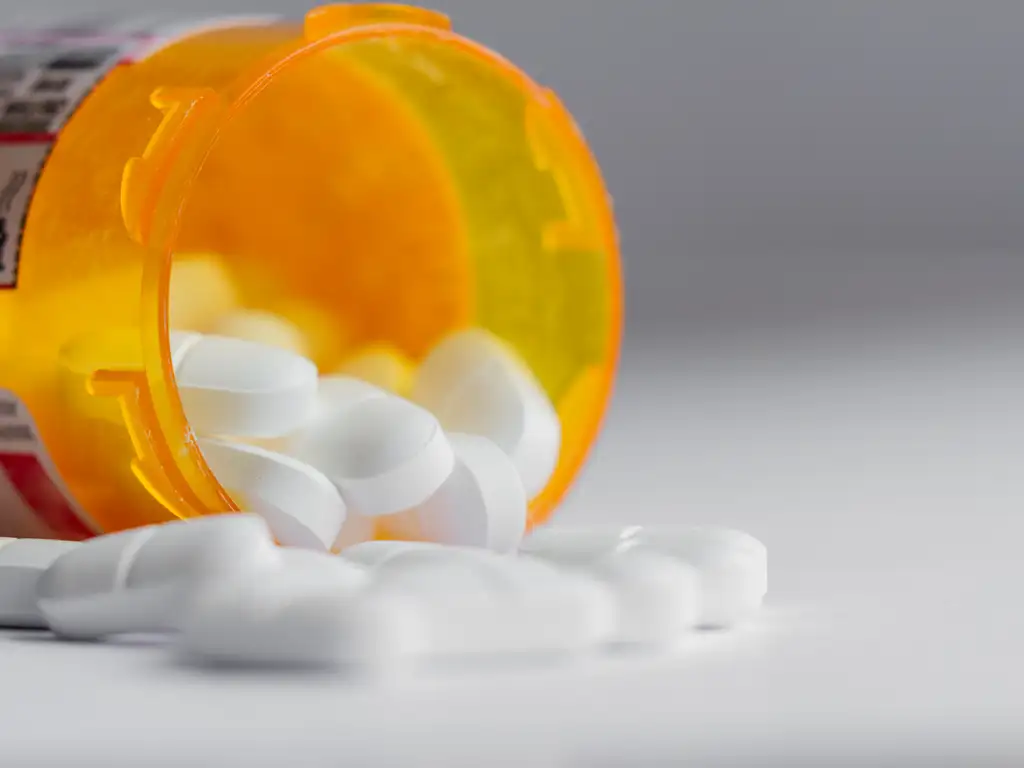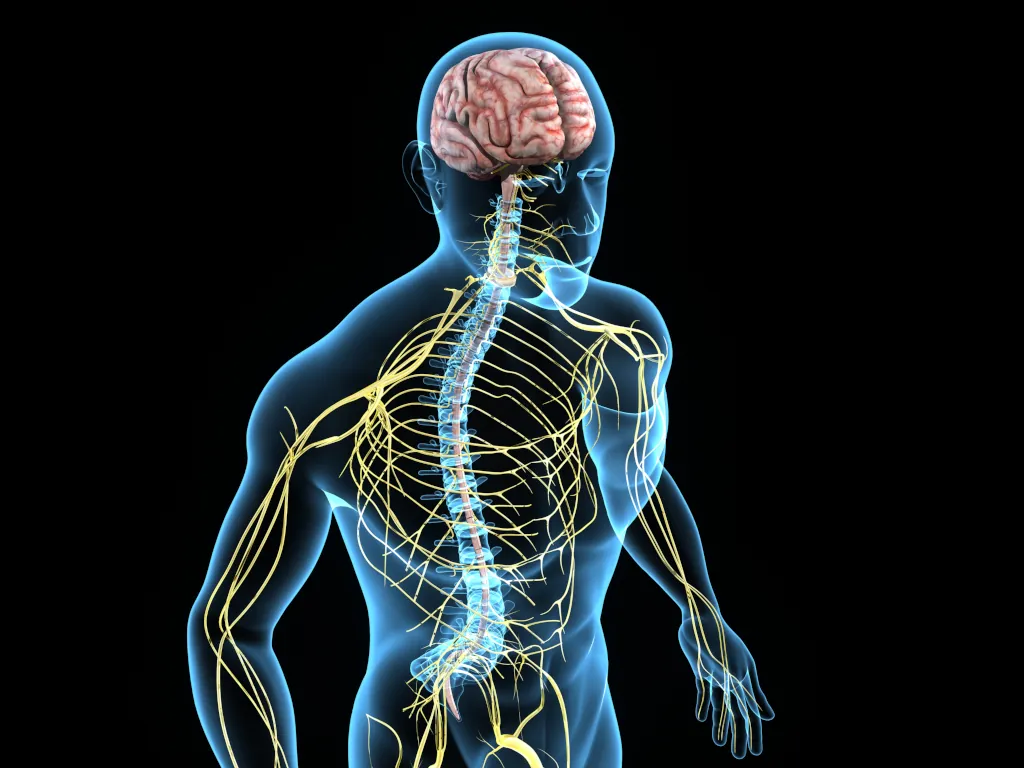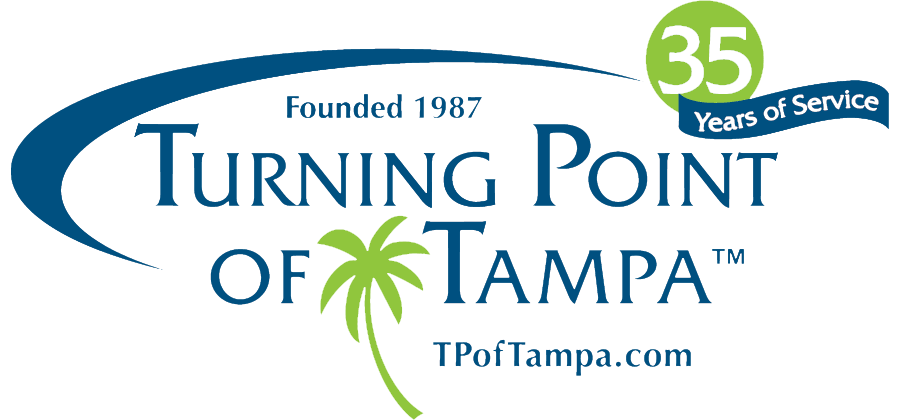There are many types of medication used to treat pain in the body, with some more powerful and more effective than others. Along with this potency is the potential for abuse, which is why many types of pain-relief drugs are strictly controlled by organizations like the Food and Drug Administration (FDA) and the Drug Enforcement Administration (DEA).
One of the more unknown controlled substances is M367. Those who’ve experienced severe pain may have been prescribed this drug before, only to receive warnings about its high potential for abuse. M367 is usually given to people experiencing moderate to severe pain caused by injuries and some types of diseases. However, some individuals can develop a dependence on it, resulting in addiction and a high potential for overdose.
Learning the basics of M367 and its effects on the body is essential for individuals who might need to take it or are already taking it. Armed with this knowledge, people will know what to do in case a loved one develops a dependence on the drug.
To keep our clients, patients, and families informed, Turning Point of Tampa has put together the facts about M367. Keep reading to learn more about this drug and what types of treatments are available for addiction or dependence.
M367: The Basics
M367 is the name for a pain reliever that combines hydrocodone bitartrate and acetaminophen. The latter is a non-opioid medicine, while hydrocodone bitartrate is considered an opioid pain reliever. M367 usually follows a 10 mg/325 mg ratio for hydrocodone bitartrate and 325 mg acetaminophen, with hydrocodone having the lower quantity.
You can only legally get M367 through a prescription from a healthcare provider.
Appearance
Since M367 is taken orally, the drug comes in a pill form. It’s a white, oval pill shaped like a capsule. You’ll also see a debossed “M367” on one side and a bisecting line on the other.
However, those who abuse the drug usually crush the pills into a fine powder for snorting or injecting into the bloodstream. In this form, M367 is virtually indistinguishable from other forms of drugs.
Uses
Thanks to M367’s combination of hydrocodone bitartrate and acetaminophen, the drug is used to achieve a wide variety of effects. Hydrocodone is an analgesic and an antitussive substance. In other words, the compound relieves pain and prevents coughing.
The compound works by directly affecting the brain stem respiratory center, preventing involuntary coughing. The drug also combines with opioid receptors, affecting how the brain processes signals for pain.
Similarly, acetaminophen is an analgesic and is more commonly known as paracetamol. The drug has some properties that can help the body reduce its temperature, so acetaminophen is used to lower fever. Acetaminophen tablets also often combined with other drugs to achieve other effects. In the case of M367, acetaminophen complements hydrocodone bitartrate when it comes to treating moderate to severe pain.
Effects on the Body
As an opioid drug, hydrocodone bitartrate binds with opioid receptors in the gut, nerve cells, spinal column, brain, and other parts of the central nervous system. Once the hydrocodone bitartrate attaches to the nerve receptors, the signal is blocked altogether.
Taking this medication would lead to a person would no longer feeling pain from an injury or a disease. The drug’s antitussive properties work similarly, slowing or stopping the involuntary muscle movements that result in a cough. However, too much of this effect can lead to respiratory depression, which is when the lungs are no longer efficient at exchanging gasses like oxygen and carbon dioxide.
On the other hand, acetaminophen tablets are generally safe. As a non-opioid drug, the compound is not habit-forming and rarely leads to an acetaminophen overdosage.
Acetaminophen blocks the enzyme production of prostaglandin in the brain, which helps reduce the amount of pain you feel. The drug’s cooling effect reduces body temperature, especially if you have a fever.
Potential for Abuse
Acetaminophen tablets do not induce tolerance and is therefore not addictive. However, hydrocodone bitartrate has a high potential for abuse. Since the drug is an opioid, prolonged administration or usage can result in a mental, psychic dependence or addiction.
If people take M367 to treat ongoing pain, it isn’t likely to result in addiction. However, the person may feel physical withdrawal symptoms after they’re off the medication.
Addiction usually only happens when hydrocodone bitartrate is taken beyond what a medical professional prescribes, both in dosage and duration.
The Drug Enforcement Administration and M367
The DEA is the main US government agency that combats drug trafficking and distribution in the country. The organization also studies and classifies various drugs according to their potential for abuse.
Schedule II Controlled Substance
In the case of M367, the DEA has classified it as a Schedule II controlled substance. This is the group for drugs and substances with moderate to low potential for psychological and physical dependence. M367 received this classification since hydrocodone is an opioid drug.
Additional Schedule II drugs are oxycodone, methadone, and hydromorphone.
Substances under Schedule II have many restrictions to prevent abuse. The rules are not as restrictive as Schedule I drugs, but they’re still strict.
Doctors cannot prescribe more than 100 units nor can pharmacies dispense more than the same amount. You may only refill up to five times within six months, and your M367 prescription will be void if you fail to purchase the drug 180 days after the writing date.
Does M367 Make You Feel High?
The short answer is yes, M367 gives you a euphoric feeling, especially when taken in large doses. As a semisynthetic drug, hydrocodone bitartrate has similar molecular structures as codeine and morphine. These properties means that hydrocodone can induce a high similar to other opioid narcotics.
According to the DEA, a person may experience an overall warm feeling when taking M367 in small doses. They may also feel content and more sociable, with their inhibitions lowered. In higher doses, the depressant effects of hydrocodone bitartrate become more apparent.
A person may feel lethargic or tired, with energy levels dropping and muscles relaxing to dangerous levels.
Opioid overdose is dangerous and could potentially lead to mortality. Someone who’s taken high amounts of M367 can experience clinically significant respiratory depression, which means that their lungs are unable to function properly. Put simply, they have slow and shallow breathing rates.
Signs and Symptoms of a Potentially Lethal Polydrug Overdose
Hydrocodone bitartrate and other opiates can cause an overdose if you consume too much. Acetaminophen and hydrocodone are dangerous in large amounts.
Together, these drugs can result in a polydrug overdose. Many of the signs and symptoms of an overdose are dose-dependent and can vary based on a person’s body chemistry, height and weight, and past exposure to narcotic drugs.
Hydrocodone Overdose
According to medical literature, 90 mg of hydrocodone is the lethal overdose amount. Near this threshold, a person may start feeling dangerous symptoms that need immediate medical assistance. A person may experience the following during an overdose:
- Extremely pale face and clammy skin.
- Unresponsiveness — the person doesn’t react to stimuli like loud noises or shaking.
- Dangerously low heart rate — less than 50 beats per minute.
- Unconsciousness — the person cannot be awakened.
- Unable to talk or slurred speech.
- Contracted pupils, or “pinpoint pupils.”
- Vomiting or making gurgling noises with saliva bubbling around the mouth.
The most dangerous effects of hydrocodone overdose are dose-related respiratory depression and cardiovascular depression. Since the drug affects involuntary movements in the body, it can slow down your breathing rate and prevent adequate respiration and respiratory exchange.
The person won’t be able to get enough oxygen to the brain, heart, and other critical organs, which can result in brain death. Immediate treatment is necessary to prevent an overdose or death.
Acetaminophen Overdose
Given that taking acetaminophen tablets isn’t likely to result in abuse as most take the amounts prescribed, overdosing on the drug is rare.
However, the chances of overdosing increase when acetaminophen is ingested as part of an M367 tablet. The compound is at much higher concentrations in this tablet form, so a person may accidentally take a large amount of acetaminophen before they reach the desired amount of hydrocodone.
If someone takes more than 150 mg of acetaminophen per kilogram of their body weight, they’ve taken a toxic dose. The person will start experiencing:
- Weakness
- Mental clouding
- Abdominal pain
- Lack of appetite
- Nausea and vomiting
- Jaundice
The most concerning effect of acetaminophen overdose is potentially fatal hepatic necrosis. Too much acetaminophen causes liver damage, killing the cells and causing organ failure. Some signs of hepatic necrosis include abrupt onset of nausea, abdominal pain, and weakness.
Since M367 is a combination of hydrocodone and acetaminophen, the listed signs and symptoms of an overdose can manifest together.
M367 Side Effects
The M367 side effects include being lightheaded, dizzy, nausea, and sometimes vomiting as the commonly reported adverse reactions a person feels. In an ambulatory patient these side effects are more pronounced. Non-ambulatory patients do not have the same side effects and in fact if some of these adverse reactions may go away if the patient lies down.
Other M367 side effects can effect the central nervous system with being sleepy, feeling mental clouding, lethargic, anxiety, fear, mood changes, as well as a psychic dependence
A psychic dependence tells you if you do not have the drug you will not be ok and this causes fear and anxiousness, whereas a physical dependence can actually throw someone into physical withdrawal if they do not take the medication.
It’s important to identify these adverse reactions and get emergency medical attention from a healthcare provider.
Long-term Effects of M367 Dependence
Taking M367 for prolonged periods, even in non-lethal doses, can result in various harmful effects on the body.
Here are some of the dangerous long-term effects of the drug.
Breathing Problems
As we’ve mentioned, M367 has a great effect on the body’s respiratory system, so it’s not surprising that long-term use of the substance can lead to various respiratory problems. One of the most pronounced issues a person may experience is irregular and shallow breathing. In the long run, these breathing problems can result in other physiological issues since the body is not receiving enough oxygen.
Immunosuppression
Immunosuppression is the dampening of the body’s immune system, making it more likely for someone to contract infections that the body would otherwise easily fight off.
Opioids like hydrocodone can affect the adaptive and innate immune system, heightening the risk of issues like pneumonia and infections. On a related note, the use of injections for administering hydrocodone increases the risk of acquiring HIV and AIDS, issues that severely affect the immune system.
Addiction
Addiction is different from dependence, as the latter refers to the physiological need for the drug. On the other hand, addiction or substance abuse disorder is the neurological need to continue consuming the drug even though the user is well aware of its harmful effects. This pervasive urge results in maladaptive practices that harm a person’s physical health, social relationships, and other aspects of their life.
GI Tract Issues
Since opioids affect our involuntary muscles, hydrocodone can cause long-term issues in the gastrointestinal system. A person may experience abdominal pain, cramps, vomiting, and constipation. One of the worst side-effects of opioid abuse is bowel obstruction, a medical emergency that may be lethal if left untreated.
Severe Withdrawal
If a person stops taking M367 for a short period, their dependence may result in extreme withdrawal symptoms. Here are some of what an individual may experience:
- Restlessness and insomnia or lack of sleep
- Muscle cramps and shaking
- Stomach cramps and pain
- Tiredness and general lack of energy
- Irregular heartbeat
- Extreme craving for the drug
Unfortunately, these withdrawal symptoms make it harder for people who want to recover. In some cases, they relapse and continue the cycle just to stop the discomfort of withdrawal. That’s why it’s important for those with substance abuse disorder to get the right help as they start their journey to recovery.
Mood Disorders
Opioids like hydrocodone alter brain chemistry. Along with these changes can come mental health disorders, such as depression and anxiety. In general, therapy and medication are needed to help individuals recover from this more invisible effect caused by substance abuse.
Fentanyl-laced M367
M367 has attained some level of popularity in many areas thanks to its effects. There have even been fakes of the product, with a 2016 counterfeit Norco poisoning outbreak as one of the more concerning events attributed to the drug.
During the investigation of the 2016 outbreak, the California Poison Control System – San Francisco Division found that instead of a hydrocodone-acetaminophen tablet, the pills instead contained fentanyl and promethazine. The latter of the two is a Schedule II drug and is considered one of the most potent synthetic opioids today.
Fentanyl is a dangerous drug that can be lethal in even the smallest doses. According to the DEA, even just 2 mg of fentanyl in the body can potentially have lethal effects. It’s a hundred times more potent than heroin, causing severe respiratory and cardiovascular depression that may immediately worsen into cardiac arrest.
Fake M367 Pills
Thanks to these dangers, the unknown doses of counterfeit tablets of fentanyl in fake M367 pills are even more concerning. People may accidentally take too much of the drug through injections or oral administration, leading to severe consequences.
Unfortunately, it’s impossible to tell if a pill is laced with fentanyl with just the naked eye. The substance looks like any fine white powder, a common characteristic of most opioid drugs.
However, you can check for the presence of fentanyl using specially formulated paper strips. These products are relatively inexpensive and could provide results in as quick as five minutes. This small time period could be the difference between life and death.
The better alternative is not to take unknown pills or use dangerous substances recreationally. Addiction is a powerful disease that overrides a person’s rational thoughts. Controlling the urge and getting the right kind of help is the surest way to recover from addiction and stop abusing controlled substances.
Overdosing
If you suspect that someone is overdosing, contact 911 or your nearest local or regional poison control center for immediate medical attention. If you have naloxone hydrochloride around, it can reverse the effects of opioids during an overdose. This drug is a narcotic antagonist that can save someone’s life if used immediately.
How Is M367 Dependence Treated?
The approach to treating substance abuse disorders is multi-faceted. However, there are established processes and programs that help a person succeed on their journey to recovery.
At Turning Point of Tampa we offer a continuum of recovery services encompassing all levels of care that help treat dependence and addiction.
Detox and Withdrawal Management
One of the first steps to recovery is removing all traces of M367 in the body and managing the withdrawal symptoms. Our medical detox services help patients flush out the narcotic from their system using tried-and-tested methods.
Those who are abusing medications like M367 will need to be supervised with other supportive measures in place before stopping. Turning Point of Tampa offers inpatient detoxification with 24/7 medical staff for ambulatory withdrawal management for those who meet the criteria for this level of care.
Our board-certified, American Society of Addiction Medicine physicians and psychiatrists will monitor patients and their symptoms, providing the right guidance to make this stage easier to manage.
Therapy
One important aspect of substance abuse treatment is therapy. Through various types of therapy, a person can process their thoughts, actions, and other parts of their lives that led them to abuse opioids. Since addiction is a mental health issue, therapy serves as a way for patients to reconsider their thoughts, find the root causes of their problems, and break toxic thought patterns that may reinforce their behaviors.
Cognitive behavioral therapy, group therapy, and motivational interviewing are just some of the therapies we offer at Turning Point of Tampa. In addition, we also provide wrap around clinical services, such as treatment planning, psychiatric evaluations, and drug testing.
Turning Point of Tampa – Addiction Treatment Center
M367 is a drug that can provide relief from injuries and diseases. However, the medicine contains hydrocodone, an opioid that can induce dependence and addiction. Other potential effects are overdose, apnea, circulatory collapse, or heart attack, all of which can end in a fatality.
Turning Point of Tampa has been helping clients for over 35 years. Our staff understands all stages of addiction and based on where a person might be with their dependence, we offer levels of care that can be the entry point into recovery that meets your needs.
Through our addiction treatment center, we can help individuals recover from substance use disorders and take back their lives.
If you or someone you love is abusing M367, Turning Point of Tampa can help.
Sources:
https://www.webmd.com/drugs/2/drug-251/hydrocodone-acetaminophen-oral/details
https://dailymed.nlm.nih.gov/dailymed/drugInfo.cfm?setid=8f5d00de-3b9b-46d4-b374-1cf329a4c1db
https://www.mcieast.marines.mil/Portals/33/Documents/Safety/Abuse/Hydrocodone.pdf
https://emedicine.medscape.com/article/820200-overview
https://www.cdc.gov/mmwr/volumes/65/wr/mm6516e1.htm
https://welevelupnj.com/addiction/m367-pill/
https://www.mayoclinic.org/drg-20074089?p=1






